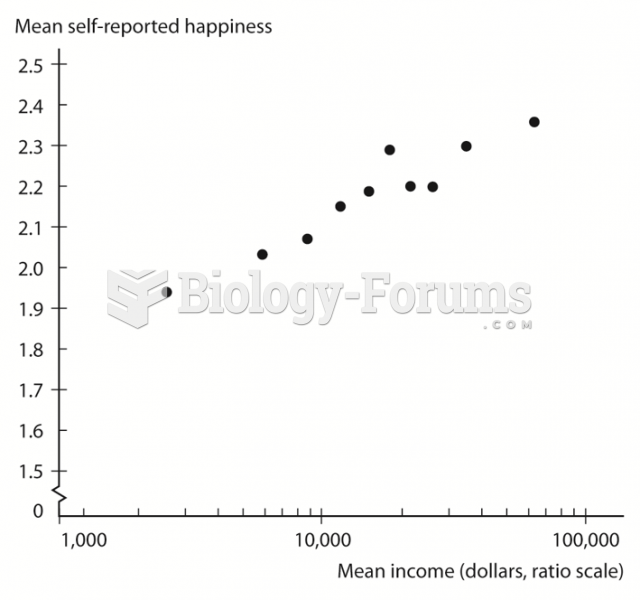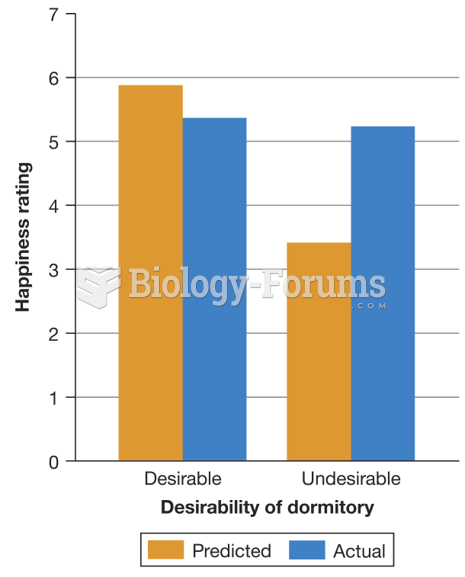This topic contains a solution. Click here to go to the answer
|
|
|
Did you know?
Before a vaccine is licensed in the USA, the Food and Drug Administration (FDA) reviews it for safety and effectiveness. The CDC then reviews all studies again, as well as the American Academy of Pediatrics and the American Academy of Family Physicians. Every lot of vaccine is tested before administration to the public, and the FDA regularly inspects vaccine manufacturers' facilities.
Did you know?
Excessive alcohol use costs the country approximately $235 billion every year.
Did you know?
The horizontal fraction bar was introduced by the Arabs.
Did you know?
Illicit drug use costs the United States approximately $181 billion every year.
Did you know?
Eat fiber! A diet high in fiber can help lower cholesterol levels by as much as 10%.







